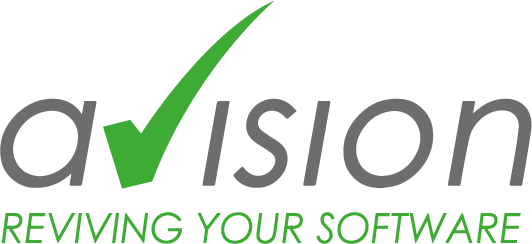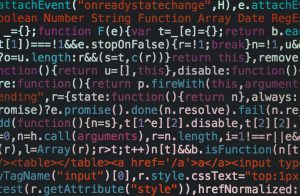Awareness of climate protection and sustainability has been a part of the IT world for a long time. One efficient way to save computing power and electricity is to write energy-efficient code. IT service provider Avision shows what environmentally friendly programming can achieve and how it can be done.
Germany is to be climate-neutral by 2045, according to the German government’s coalition agreement. A major task that can only be accomplished together. The IT sector also has a role to play here – after all, advancing digitalization is leading to enormous emissions and rising electricity consumption. One component of the strategy: climate-conscious programming for more effective and climate-friendly applications. The IT service provider Avision shows which points can make the difference and what green coding looks like in practice.
Choose efficient data structures
In order to reduce the energy consumption of systems, some data structures are more suitable than others, as they require less computing power and storage space. Examples of this are vectors, linked lists or hash tables. The use of efficient algorithms that are tailored to the requirements can also make a significant difference.
Making the front-end lean
Revising your own website in terms of efficiency has enormous potential for saving resources. Optimizing loading times, for example, is a good way to reduce computing power. Other factors include the media used, such as large images or videos and background processes, which often increase energy requirements unnecessarily. Taken together, these points can significantly reduce the required CPU load and power consumption. In addition, resource-saving and less powerful CPUs can be used.
Use caching techniques
Instead of always updating all values, the use of caching reduces energy consumption. Frequently accessed data is temporarily stored in the cache – when a new request is made, users have faster access to it and do not have to send a new request to the server. The decreasing number of updates reduces the required workload and network traffic. There are different techniques for different requirements, such as client caching, server caching or CDN caching.
Using cloud computing and virtual machines (VM)
The major advantage of cloud computing and virtual machines is their scalability. They can be adapted to the required computing power and users can, for example, shut down test systems directly in order to save money and electricity. With dedicated hardware, on the other hand, frequent shutdowns can lead to damage. Running multiple applications on a single virtual machine instead of multiple physical devices also helps to save power. Last but not least, VMs also help to reduce the amount of space required on the hardware. At this point, it is important that software development already takes these scenarios, especially scaling, into account when coding.
“Well-maintained and efficient code can contribute much more to saving energy than it seems at first glance – a factor that will hopefully be reflected in more and more project plans in the future,” says Nadine Riederer, CEO at Avision. “A shining example of this is the cryptocurrency Ethereum, which was able to reduce its own energy consumption by 90 percent with code adaptations and a proof-of-stake algorithm. Green coding has enormous potential.”
This press release can also be found at www.pr-com.de/de/avision
Press contact
Avision GmbH
Christina Karl
Marketing
Bajuwarenring 14
D-82041 Oberhaching
Tel. +49-89-623037-967
christina.karl@avision-it.de
PR-COM GmbH
Melissa Gemmrich
Sendlinger-Tor-Platz 6
D-80336 München
Tel. +49-89-59997-759
melissa.gemmrich@pr-com.de



